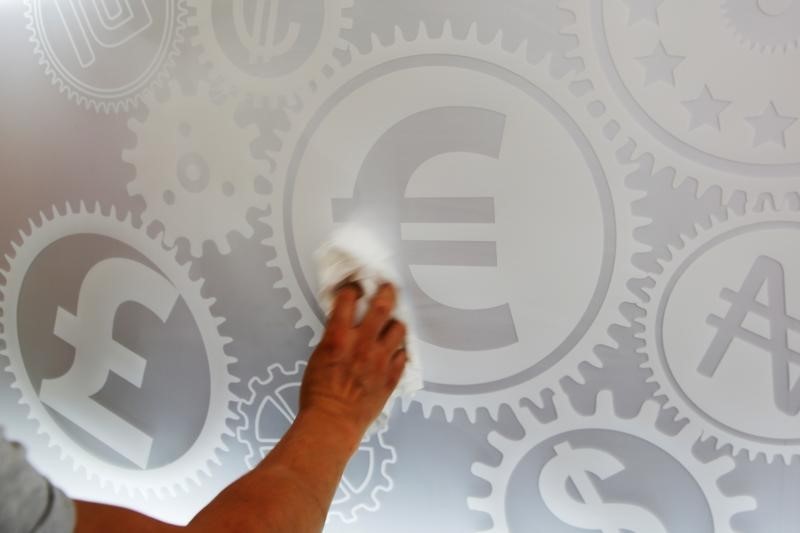(Bloomberg) -- U.S. retail sales rose less than forecast in August as the expiration of supplemental jobless benefits weighed on incomes and spending despite solid employment gains.
The value of overall sales increased 0.6% after a downwardly revised 0.9% increase the prior month, Commerce Department figures showed Wednesday. So-called control group sales, which exclude food services, car dealers, building-materials stores and gasoline stations, fell 0.1%, also missing estimates. The measure is often considered more reflective of underlying consumer demand.
The median estimate in a Bloomberg survey called for the overall measure to increase 1% from the prior month.
With many more stores and restaurants now open, the initial boost in spending driven by reopenings is moderating. At the same time, the expiration of the supplemental $600 weekly payments at the end of July as well as slowdowns in back-to-school spending likely weighed on retail activity during the month.
Those benefits bolstered incomes during the pandemic, and without them, millions of unemployed Americans will have significantly less cash to support the nation’s retailers. Lawmakers appear increasingly unlikely to approve additional stimulus until after the election, despite still-elevated joblessness.
Nine out of 13 major categories increased in August, led by restaurants, clothing stores and furniture outlets. Receipts at motor vehicle and parts dealers posted a modest gain, while sales at nonstore retailers barely improved. Sporting goods and hobby stores posted the biggest percentage decline from the prior month and receipts at department stores weakened. Grocery store sales fell as well.
With total retail sales data above pre-pandemic levels, the data underscore a shift in where consumers are spending their money. Some categories, like restaurants and clothing stores, are still below year-ago levels. Meanwhile, purchases at nonstore retailers are up 22.4% from August of last year.
Retail sales don’t capture all consumer spending though, and the pandemic continues to have a clear impact on services outlays. While the value of retail receipts exceeded February levels back in June, personal consumption -- which includes spending on goods and services -- was still below its pre-pandemic level in July, the latest available data. The Commerce Department will release the August figures Oct. 1.
Another factor to keep in mind is the Lost Wages Assistance program. That’s the program President Donald Trump authorized in early August to temporarily offset part of the income gap unemployed Americans faced after the expiration of the extra $600 in weekly benefits. However, rollout of the program has been patchy across states.
©2020 Bloomberg L.P.
